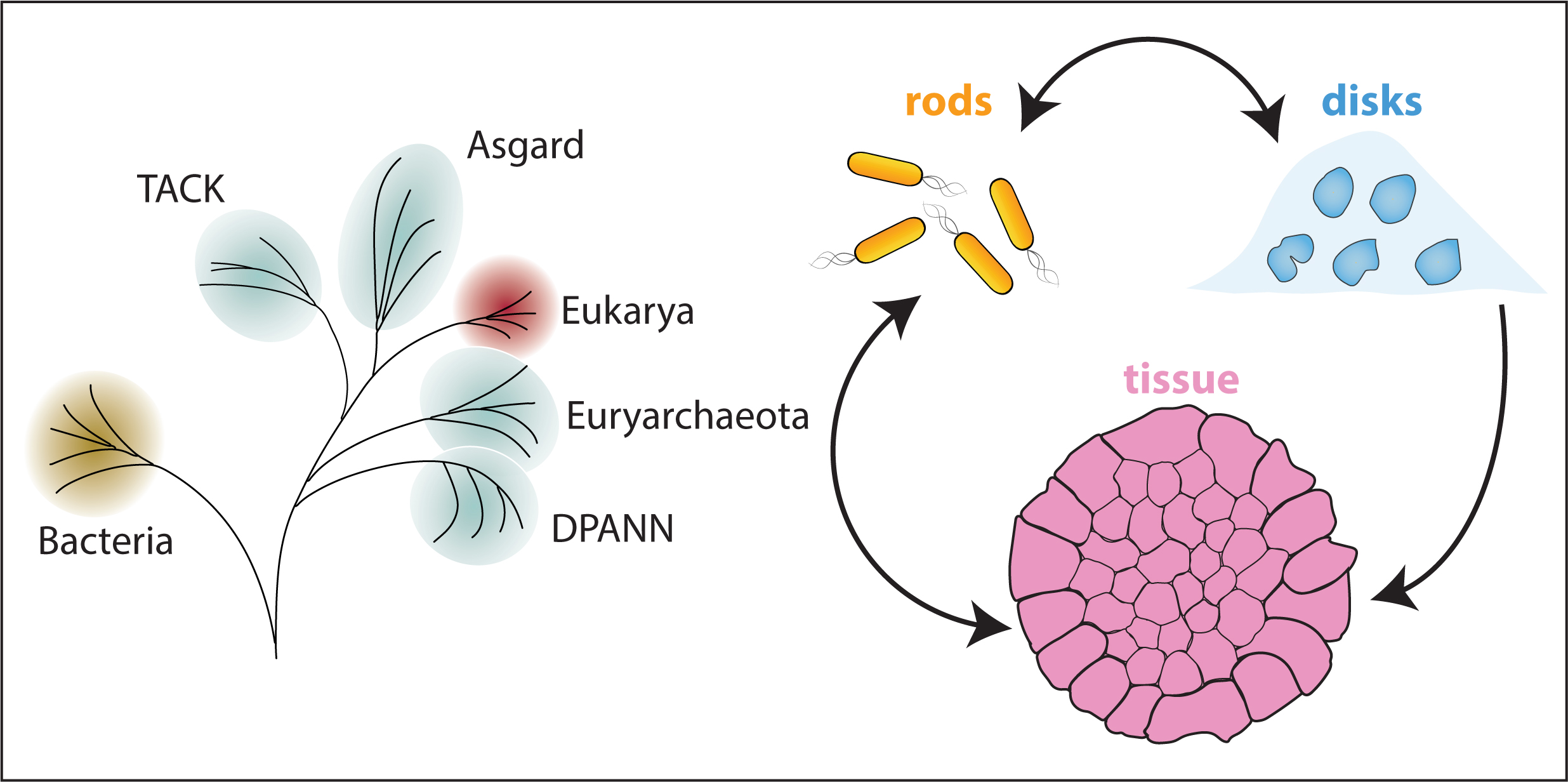"Prebiotic Chemistry and the Origin of Life: the 1953 Miller experiment"
Dr. Antonio Lazcano Araujo
Bio:
Antonio Lazcano is Distinguished Professor at the Universidad Nacional Autónoma de México, where he works on the origin and early evolution of life. He has worked in prebiotic chemistry, analyses of meteorites and, more lately, on bioinformatics and the reconstruction of early stages of celular evolution. He is author or coauthor of about 200 research papers and chapters in books. He has written several boioks for the general public, including El Origen de la Vida, La Chispa de la Vida y La Bacteria Prodigiosa. He has been Visiting Professor or Scholar in Residence at the Univeristy of Habana, Autónoma de Madrid, Houston, Valencia, Orsay Paris-Sud, University of California, San Diego, Universita di Roma La Sapienza, Institut Pasteur, ETH Zentrum in Zurich and the A. N. Bakh Institute of Biochemistry of the USSR. For ten years he was part of the NASA Astrobiology Institute Oversee Committee, and President of the Gordon Research Conference of the Origins of Life, and twice President of the International Society for the Study of the Origins of Life, being so far the only Latin American scientist to hold this position. He has received three Honoris causa, one from the Universita di Milano (Italy, 2008), one from the Universidad de Valencia (Spain, 2014), and a third one in 2015 from the Universidad de Michoacan (Mexico). In 2013 the Third World Summit of Evolution granted him the Charles Darwin Distinguished Scientist Award, and in 2018 the College de France granted him the Guillaume Bude Medal. In October 2014 he was elected to the Colegio Nacional, the most Mexican important academic and cultural institution.
Abstract:
Led by Oparin’s hypothesis on a heterotrophic origin of life, in the early 1950s Stanley L. Miller began his PhD thesis under the supervision of Harold C. Urey, attempting to simulate the conditions of the primitive Earth. To do this, Miller placed a mixture of methane, ammonia, and hydrogen in a flask, to which water vapor from another flask simulating the primitive seas of the planet was added. After subjecting the mixture of gases to the action of electrical discharges, Miller found that in a very short time amino acids, urea, and other compounds of biochemical importance had been formed. The experiment was considered a demonstration of the premises of Oparin's theory, and marks the origin of the experimental study of the appearance of life. Analyses of the original samples from Miller's experiment using contemporary techniques has shown that the variety of compounds formed abiotically is much greater than originally reported, allowing a more complete picture of the processes that led to the origin of the first organisms.
Watch the seminar here!



